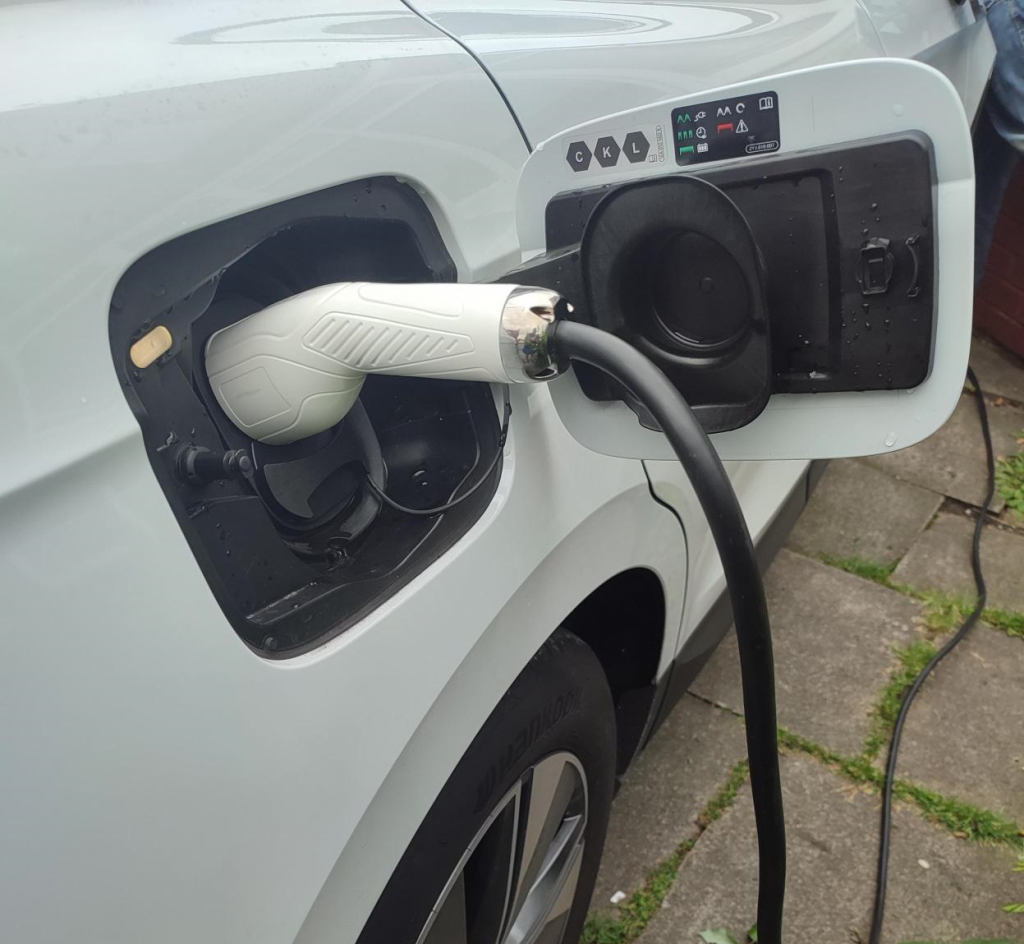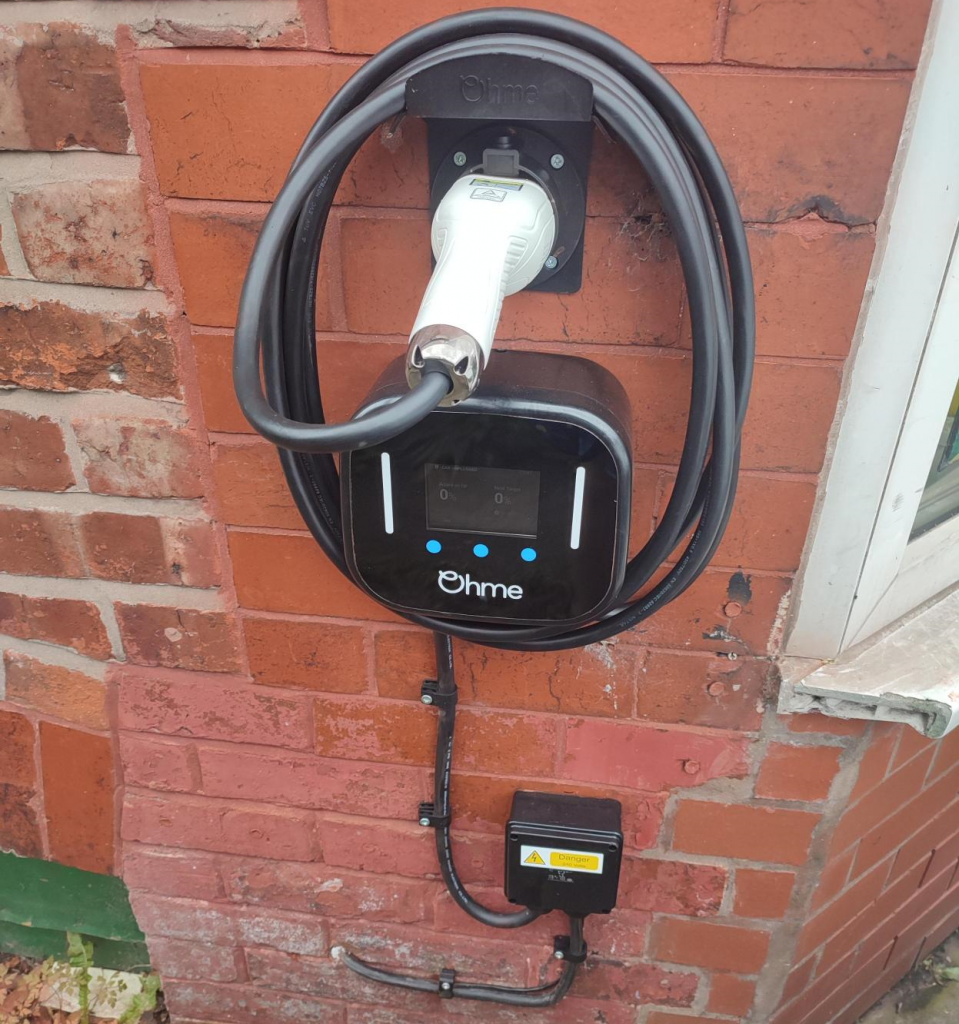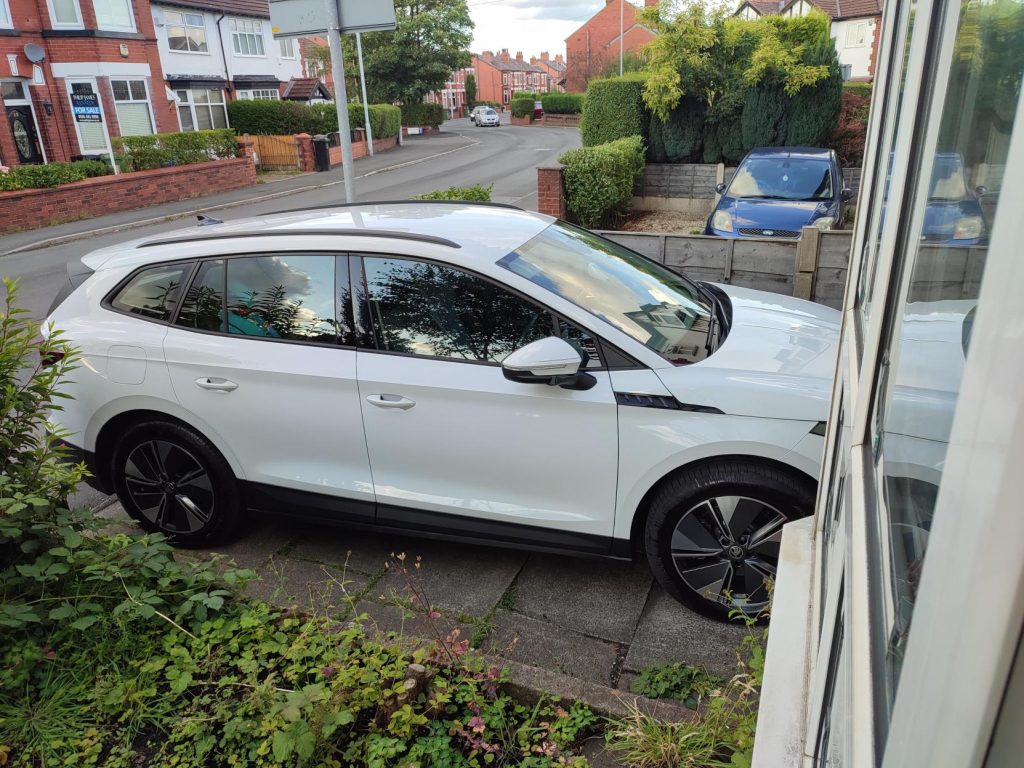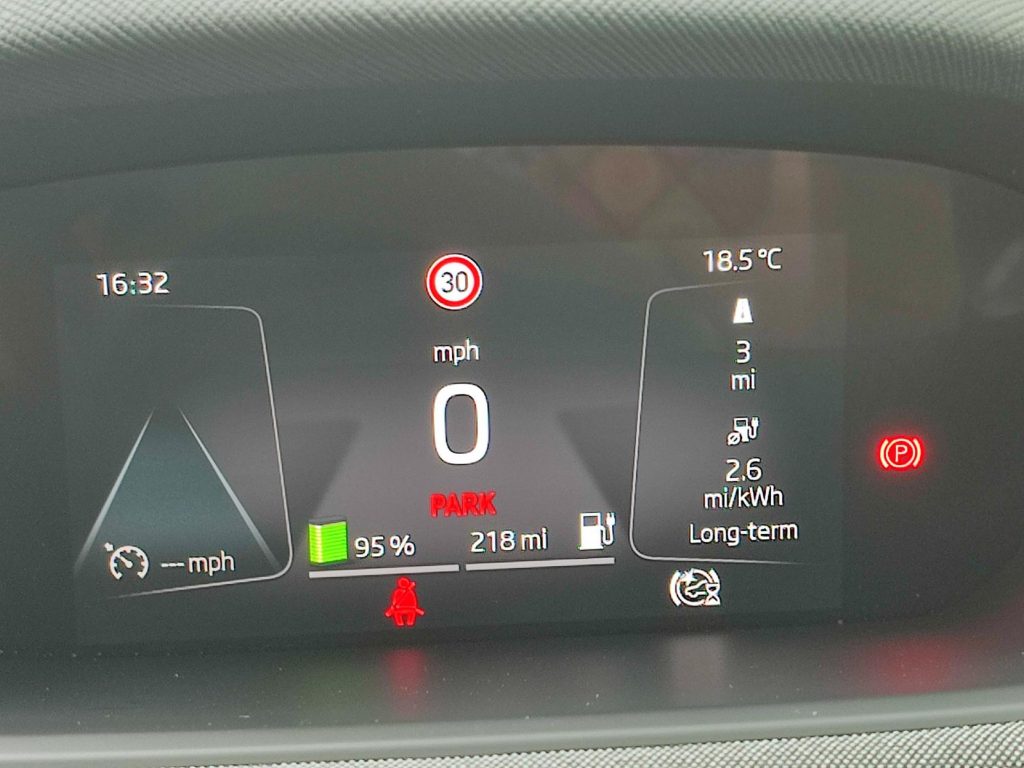With the move to more sustainable travel, me and my family recently decided to change our car to a fully electric one. In order to help people who might be considering this next step, I figured I would write an article about how it has been and to give an insight on things to consider when going electric.
I could probably write pages about car specifications and what’s on the market, but there is already lots online about that. I want to talk to you about the practicalities of changing from petrol to electric and the little things to think about when you’re getting a new car.
The first thing to note is that the electric cars are automatic. I’ve driven a manual since I learnt to drive and don’t know anything else, so I was a little anxious about this, but actually, automatics are so easy to drive. There are 2 directions, forward and backwards, and you can just set it to go. Hill starts are so much easier now because, once you stop, the car holds you there until you step on a gas, no balancing the clutch required. The only thing to note is that some cars are a bit cheeky and have a drink holder where you gear level would normally be, putting a drink in there can confuse your other half into thinking it’s still there!


The next thing to think about is how are you going to charge it. The standard car now comes with a car charger rather than a plug. I’m told that it’s because charging through a plug is not very efficient. So, if you want to charge at home, you’ll need a charging point installing. There are many options, and the cost is generally around the £1,000 mark. It’s something to budget into your calculations. But once it is installed, you can talk to your power supplier and many of them have special deals that allow you charge over night at the lowest cost possible and provides you with apps to help to do this. The one we are on charges at about 10p per KWH. Based on the car stats, that’ll take me around 4 miles per 10p. The app will then take as long as it needs to get you the cheapest charge, but the standard charge time is about 3 hours.
Then we come to charging away from home. I should note that some people don’t have charge points at home, and this is the only way they do it. With charge points there are 2 strengths: slow and fast charge. The slow charge is like you have at home and is generally about 3 hours for a full charge. You can use your own cable, or some charging points have their own you can use, too. The fast charge takes about half an hour, but you have to use their charge as it uses a different cable. In terms of cost, it depends on the provider, but the ones near me are between 50 and 75p per KWH. Most cars will come with an app that helps you plan journeys and find charge points where you are away from home, and there are various other ones available, too, so you can always find one somewhere. There are fewer of these than petrol stations, but the number is going up every day. You should be aware that sometimes you may need to park your car in a specific direction so the cable can reach, so if you don’t reverse park a lot, it’s worth practicing. Also, many charge points use apps for payment so you’ll find your phone having a lot more to help with this. There are some that do contactless, though, so it’s not the case for everything.
With regards to charging, you may worry about battery life. At the end of the day, you can go a lot further on a tank of fuel and it’s quicker to fill them up. If you are doing lots of long journeys, then you may want to consider hybrid if you have concerns. Most cars will tell you how far they can go on a charge – mine is about 200 miles. I was initially a bit concerned but then I looked at a map and, in good traffic, that would take me to London or Glasgow without recharging. On a longer journey, you may just need to find somewhere to charge at your destination. I also took a look at how we do journeys and I realised that we probably stop on most journeys for at least a toilet stop, if not a food stop. So, actually, putting it on charge when I stop would be enough.
One benefit to these cars is that tax is free, so this saves a few pennies. You just have to remember to renew it every year. It also only needs a service every 2 years as there’s less that can go wrong. There is also no exhaust, so there’s a bit more room in the footwell on the back seat, under the gear change, and you don’t have to worry about potatoes at Halloween!
When looking for car insurance, you should be aware that not all providers insure electric cars yet. When I got mine, I was hoping to just transfer the existing policy over, but they told me they didn’t cover it. There are still plenty that do, though.


The last concern I had with battery-powered cars was actually the battery itself. I did a bit of research into what happens to the battery at the end of its life. Most car batteries last about 10 years, so that you can still achieve a charge of up to 80%. However, once they get to that point, they still have a lot of life left in them and there’s a good market for these for things that don’t need to do long journeys. Once they can’t be reused any more, a significant portion of the battery is recycled, as they cannot be sent to landfill. This includes the chemicals inside the battery – so, actually, they are greener than you think.
I hope my thoughts have helped to reassure you that electric cars are a good green choice for the future. If you want to ask me any questions, please get in touch.
This blog post was written by our colleague Tessa Pettitt, part of the Media City Green Impact Team.
Cover photo credit: Michael Marais on Unsplash